Interview with Lucía Agirre
"Alice Neel fought to change society through her art"
October 2021. Reading time: 4 minutes
Alice Neel (1900-1984) had the ability to look, to look around her with empathy and immortalise it on canvas. Steeped in humanity, her works portray the most disadvantaged sectors of society: women, immigrants and the jobless. Her unique point of view is now on display at the Guggenheim Museum in Bilbao and Lucia Agirre, curator of the exhibition Alice Neel: People come first, is an encounter with a great artist largely unknown to the general public.
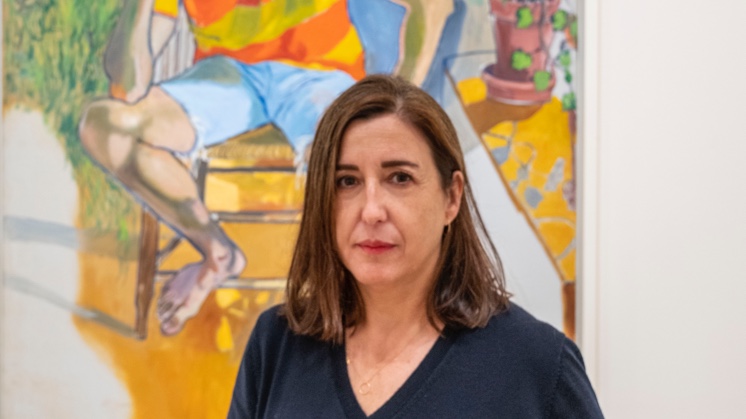
Lucía Agirre, curator of the exhibition 'Alice Neel: People come first'.
The exhibition Alice Neel: People come first will be exhibited at the Guggenheim Museum until 6 February. What can visitors look forward to?
The works of a great artist, unknown to the public at large, who fought to change society through her art.
This is the first retrospective in Spain devoted to the artist. How would you sum her up in a few words to those who are not familiar with her?
Alice Neel was a woman who went against the grain in all aspects of her life and work, inseparable facets of the artist. In her paintings, particularly the portraits, she captured her models' souls and showed what was special about them in paintings full of humanity and empathy.
"She managed to capture her models' souls through paintings full of humanity and empathy"
Her commitment to the underprivileged — mainly immigrants and women — and the reality around her was notable. How did this show in her life and works?
Her commitment to the subjects she tackled is patent. Neel represents a society in crisis during the Great Depression, with overcrowded psychiatric hospitals, defenceless women mistreated by their partners, etc. She also painted portraits of communist activists and tackled women's issues, not only in all stages of maternity but also in their intimate relationships.
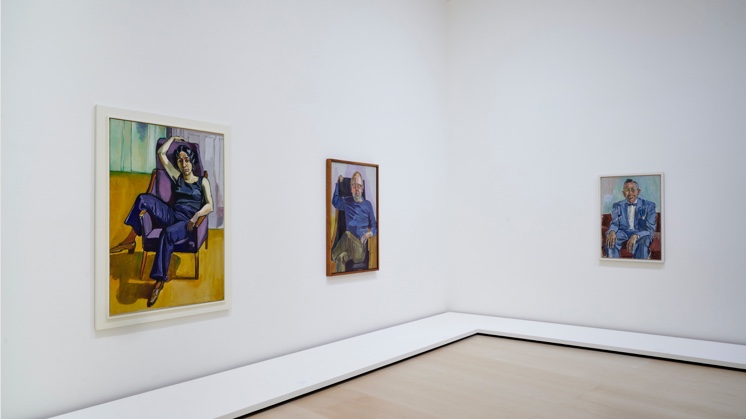
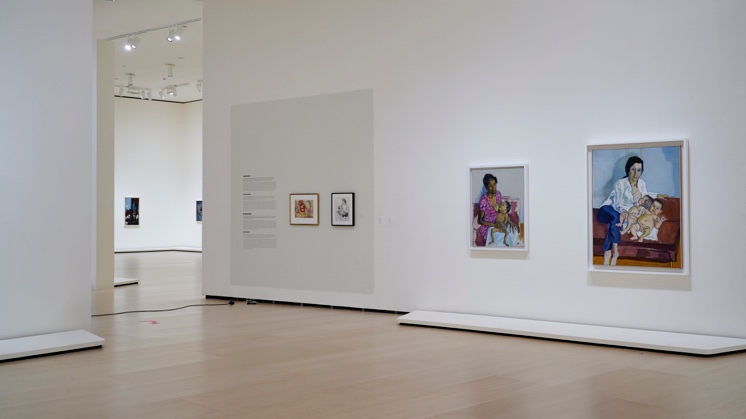


The show features almost a hundred paintings, including some of her most stunning, highly acclaimed paintings. What kind of people are shown in these artworks?
Neel ventures beyond mere representation to explore psychological and emotional aspects. Her portraits show characters with their own stories, stories that the audience need not know and which, without telling them, has made them the people we discover in the pictures.
Humanism, frankness and empathy abound in all her works. Is this the source of their strength?
You are quite right. As well as a strength of character that inspired her to fight the main adversities of a difficult, highly precarious life. All this aside, Neel was able to do what was a need for her: to be an artist.
"Her painting ventures beyond mere representation to explore psychological and emotional aspects"
New York is pivotal in her work, but she shows us a side of the city that we are less accustomed to seeing. What is Alice Neel's New York like?
It is the New York of the poor neighbourhoods, the dividing line between nature and city, strikes and demonstrations, culture and counterculture, that of activists and civil rights leaders, that of artists and, at the end of her life, that of the culture of celebrity.
When Abstract Expressionism took off in New York in the 1940s and 1950s, a movement she called "anti-human", she refused to change her style. Why was this?
Neel remained true to her style because of her need to put human beings at the centre of everything through allegorical representation. To the artist, these are human beings who have survived wars and sorrows, and who continue to bear them in their close surroundings.

Nudity and sex were major subjects in her work, but subvert treatment commonly given to the gender and, particularly, the figure of the woman. How does she do this?
The nude started appearing in Neel's work very early, when it was unthinkable for women to paint portraits of naked men and women, making it possible to exhibit them in public. Particularly interesting are the drawings in which she conveys the sexuality with her partners, approaching each drawing and each relationship in a tremendously different, but always natural and beautiful way.
"With the women's liberation movement in the seventies, her work and that of others of her generation, was recovered"
Recognition came late in life, what influence did the fact that she was a woman have on this?
It is hard to say how much of the scant recognition she received until the end of her life was due to her womanhood, to her imperviousness to major artistic currents or movements, or to the fact that she dealt with subjects that were difficult to show in public until the 1960s. What is certain is that in that decade Neel began to gain visibility and, with the women's liberation movement of the 1970s, she was recovered, along with other female creators of her generation, as a model of a woman artist.
What is Iberdrola's role in the exhibition and to what extent is it important for large companies to support art and culture?
Iberdrola's support is essential to develop projects of this magnitude, not only from a financial point of view but also because of the company's respect for and interest in art. Iberdrola is a magnificent example of the importance of large companies in supporting, promoting and disseminating art and culture, in order to bring great artists like Alice Neel to an audience that visits institutions like the Guggenheim Museum Bilbao.
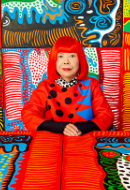
Lucía Agirre
"Through art, Yayoi Kusama has sought her own healing and that of all humanity".

Darío Urzay
"Art will always be there because we artists can always create".
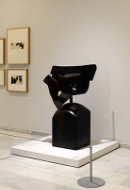
Javier González de Durana
"Oteiza and Chillida were two titans of art".
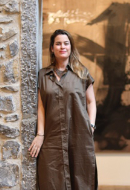
Mireia Massagué
"Only Tàpies could be the first artist to engage in a dialogue with Chillida's work in the Zabalaga farmhouse".




